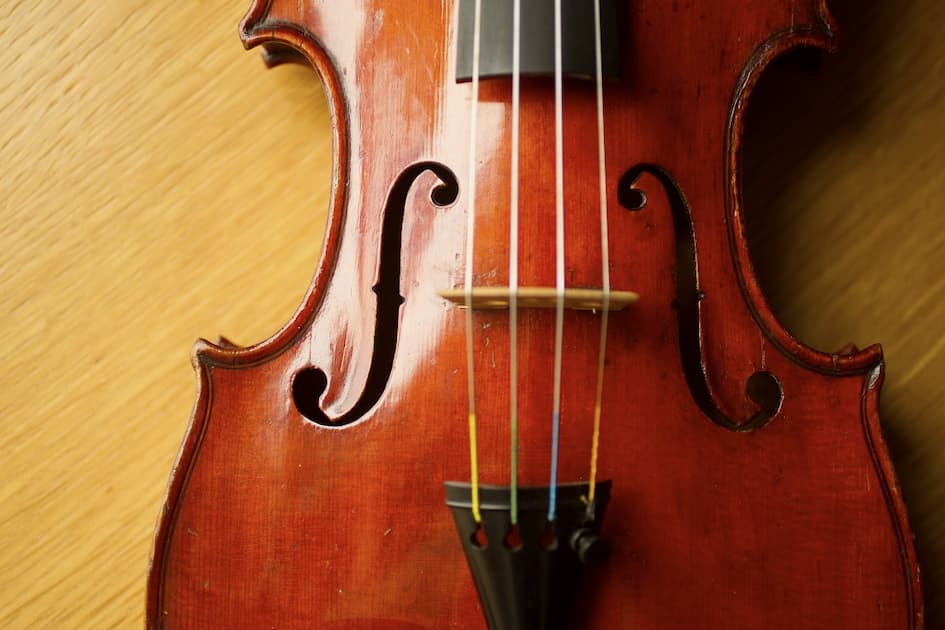Most violinists know that violin strings need to be cared for and replaced in order to get the best sound out of them, but do they know how violin strings are made? The history of violin strings is perhaps different than you might expect. The first strings for most bowed instruments were made out of animal intestines. Though this method produces what are called catgut strings, cat intestines were never actually used. Most catgut strings were actually fashioned from sheep or cow intestines.
Nowadays, most violin strings are made with steel or synthetic materials. Authentic gut strings are still used by some advanced professional violin players, including those who specialize in historical performance, but they are not the norm for the average violinist. In the modern day there are a variety of string types to choose from, each with its own intended sound. Here’s how to identify what type of strings will give you the sound you are looking for based on how they are made.

Modern violin strings
Today, violin strings are comprised of a string core wrapped with wound metal. The core can be made of gut, steel, or synthetic polymers. Not only do the types of metals used in the core affect the sound quality, but whether the core is made of a solid metal, stranded metal, or synthetic polymers also makes a difference.
Additionally, the way metals are wound around a metal or synthetic core impacts the sound produced. If the string is wound with fewer layers, it produces a higher pitch than those wound with more layers. Understanding how the violin string materials influence the quality of the music you play can help you gain better control of the sound you create.
What the color tells you about the string
Depending on the string manufacturer, your strings may have different colored windings on the ends. If you are a longtime player, you’ve likely noticed this and wondered why that is. These colors actually correspond to a color chart for violin strings. These color wrappings make it easy to identify the type of string you’re looking for and vary depending on the brand.
You might be aware that these colors indicate whether the string in question is G, D, A, or E. When you shop for violin strings online, you or one of our helpful staff here at Johnson String Instrument can use this color to identify the type of strings you are looking for. Our expertise and extensive string inventory also allow us to help you find the right string for you, your instrument, and your sound.
Thank you for visiting the official website of NANJING JAYSON IMP & EXP CO.,LTD. if you have any intention of cooperation,
please leave us a message or contact us in the following way. We will reply to you as soon as possible and serve you wholeheartedly!
CONTACT US



